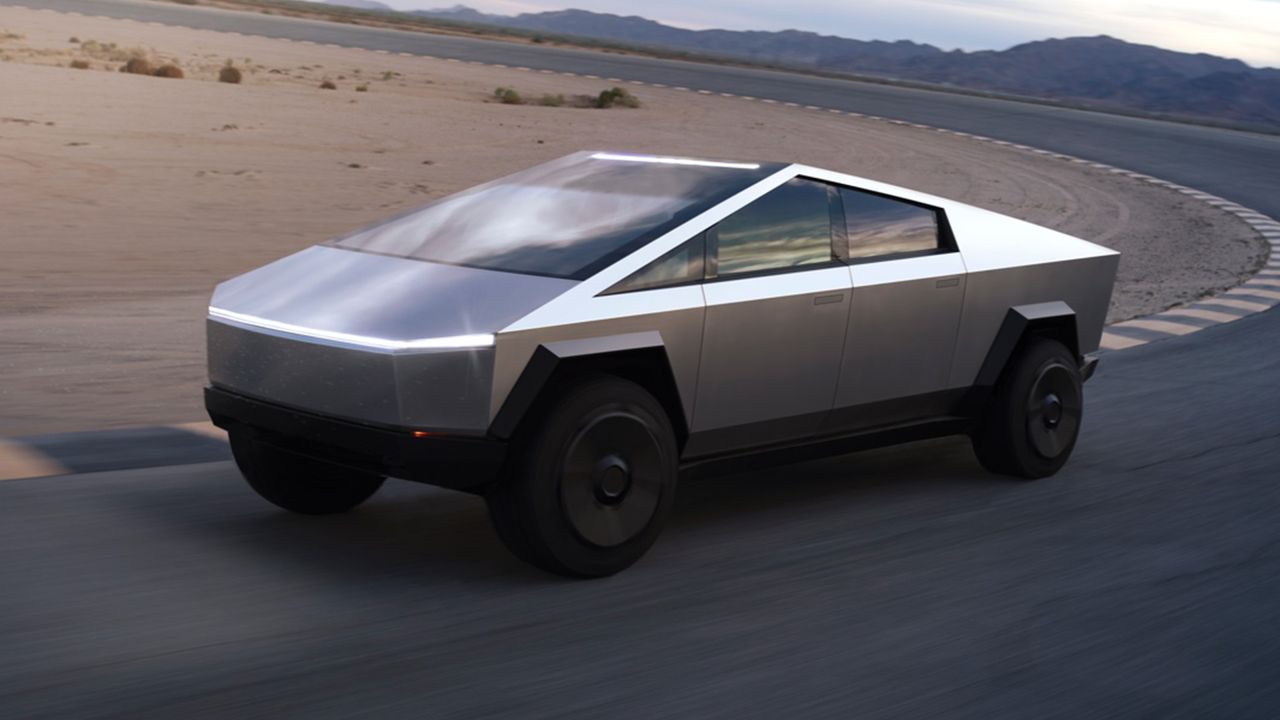Zuzana Licko, a name that should be celebrated as a pioneer of digital typography, is instead a glaring reminder of how the past can be romanticized to the point of absurdity. Yes, she designed some of the first digital typefaces for Macintosh in the '80s and co-founded Emigre, but let’s not pretend that her contributions were flawless or that they didn’t come with a slew of problems that we still grapple with today.
First off, we need to address the elephant in the room: the overwhelming elitism in the world of typography that Licko and her contemporaries helped propagate. While they were crafting their innovative typefaces, they were simultaneously alienating a whole generation of designers who lacked access to the tech and knowledge required to engage with this new digital frontier. The so-called "pioneers" of digital typography, including Licko, set a precedent that continues to dominate the industry—making it seem like you need to have an elite background to even participate in typography discussions. This is infuriating and downright unacceptable!
Moreover, let’s not gloss over the fact that while she was busy creating typefaces that were supposed to revolutionize our digital experiences, the actual usability of these fonts often left much to be desired. Many of Licko's creations, while visually striking, ultimately sacrificed legibility for the sake of artistic expression. This is a major flaw in her work that deserves criticism. Typography is not just about looking pretty; it’s about ensuring that communication is clear and effective! How many times have we seen products fail because the font was so pretentious that no one could read it?
And don’t even get me started on Emigre magazine. Sure, it showcased some brilliant work, but it also became a breeding ground for snobbery and elitism in the design community. Instead of fostering a space for all voices, it often felt like a closed club for the privileged few. This is not what design should be about! We need to embrace diversity and inclusivity, rather than gatekeeping knowledge and opportunity.
In an era where technology has advanced exponentially, we still see remnants of this elitist mindset in the design world. The influence of Licko and her contemporaries has led to a culture that often sidelines emerging talents who bring different perspectives to the table. Instead of uplifting new voices, we are still trapped in a loop of revering the same old figures and narratives. This is not progress; it’s stagnation!
Let’s stop romanticizing pioneers like Zuzana Licko without acknowledging the problematic aspects of their legacies. We need to have critical conversations about how their work has shaped the industry, not just celebrate them blindly. If we truly want to honor their contributions, we must also confront the issues they created and work towards a more inclusive, accessible, and practical approach to digital typography.
#Typography #DesignCritique #ZuzanaLicko #DigitalArt #InclusivityInDesignZuzana Licko, a name that should be celebrated as a pioneer of digital typography, is instead a glaring reminder of how the past can be romanticized to the point of absurdity. Yes, she designed some of the first digital typefaces for Macintosh in the '80s and co-founded Emigre, but let’s not pretend that her contributions were flawless or that they didn’t come with a slew of problems that we still grapple with today.
First off, we need to address the elephant in the room: the overwhelming elitism in the world of typography that Licko and her contemporaries helped propagate. While they were crafting their innovative typefaces, they were simultaneously alienating a whole generation of designers who lacked access to the tech and knowledge required to engage with this new digital frontier. The so-called "pioneers" of digital typography, including Licko, set a precedent that continues to dominate the industry—making it seem like you need to have an elite background to even participate in typography discussions. This is infuriating and downright unacceptable!
Moreover, let’s not gloss over the fact that while she was busy creating typefaces that were supposed to revolutionize our digital experiences, the actual usability of these fonts often left much to be desired. Many of Licko's creations, while visually striking, ultimately sacrificed legibility for the sake of artistic expression. This is a major flaw in her work that deserves criticism. Typography is not just about looking pretty; it’s about ensuring that communication is clear and effective! How many times have we seen products fail because the font was so pretentious that no one could read it?
And don’t even get me started on Emigre magazine. Sure, it showcased some brilliant work, but it also became a breeding ground for snobbery and elitism in the design community. Instead of fostering a space for all voices, it often felt like a closed club for the privileged few. This is not what design should be about! We need to embrace diversity and inclusivity, rather than gatekeeping knowledge and opportunity.
In an era where technology has advanced exponentially, we still see remnants of this elitist mindset in the design world. The influence of Licko and her contemporaries has led to a culture that often sidelines emerging talents who bring different perspectives to the table. Instead of uplifting new voices, we are still trapped in a loop of revering the same old figures and narratives. This is not progress; it’s stagnation!
Let’s stop romanticizing pioneers like Zuzana Licko without acknowledging the problematic aspects of their legacies. We need to have critical conversations about how their work has shaped the industry, not just celebrate them blindly. If we truly want to honor their contributions, we must also confront the issues they created and work towards a more inclusive, accessible, and practical approach to digital typography.
#Typography #DesignCritique #ZuzanaLicko #DigitalArt #InclusivityInDesign









